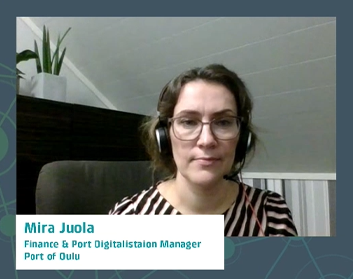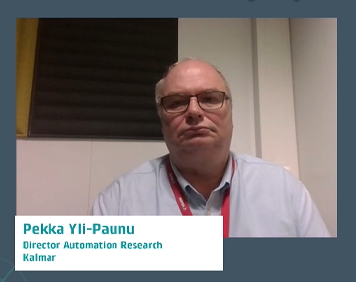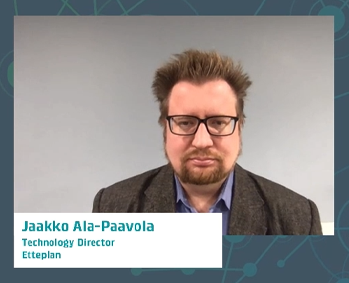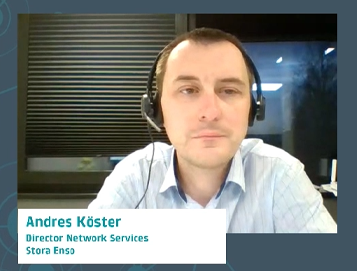Trends
Trends
DEC
03
2020
Solutions
The emergence of the use of private networks in industry
Debate and use cases at the Cellnex Connectivity Days.
As part of the sessions that Cellnex holds in its “Connectivity Days“, four corporations that use private connectivity wireless networks as a fundamental part of their processes shared their experiences and vision of the future on a technology that is proving to be fundamental in various sectors and promises exponential growth.
Advances in connectivity with new technologies have created a new ecosystem with which to control and learn from processes and which is providing corporations with margins, speed, security, performance and knowledge, with scalable solutions and a future vision.
The development of the Internet of Things (IoT) and models combining virtual and physical worlds (virtual twins) make it possible to analyse data and to monitor processes and systems that prevent or help solve problems, optimise resources and even plan future actions via simulations.
During the webinar organised by Cellnex and Edzcom, four companies that make intensive use of this type of network showed how useful it can be in various use cases. Mira Juola explained her experience in the port services closest to the North Pole as Finance and Port Digitalisation Manager of the Port of Oulu, three facilities at the mouth of the Oulujoki River in Oulu, Finland.
The executive set out the benefits of a digital project that the port authority implemented two years ago and which, thanks to data management and connectivity between services, transport and communications, has become a benchmark for planning and optimising traffic and logistics, which is even prepared to accommodate future autonomous modes of transport by sea and road.
Pekka Yil-Paunu, Director of Automation Research at Kalmar, is well familiarised with the intercommunication of everyday objects and the robotisation of loading and transport processes. His company provides the industry with eco-efficient software, equipment and automated solutions for ports and cargo terminals to “improve the efficiency of our customers in each movement… In our department we try to find the most efficient and safest ways to mobilise transport containers, automating part of the work through highly-specialised machines of different sizes, from cranes to small trucks,” explains the expert, emphasising that the use 5G is particularly relevant for this type of machinery.
Jaakoo Ala-Paavola is Technology Director at Etteplan, a Finnish engineering company specialised in corporate smart solutions using private networks for the innovation and improvement of processes that are highly focused on the development of the IoT. “For us, private networks are an essential enabler in industrial IoT, with the reliability and responsibility that this technology provides.”
Andres Köster is Director of Network Services at Stora Enso, a global provider of renewable solutions in packaging, biomaterials and wood and paper constructions. The company operates in more than 30 countries and uses various private networks in its plants to improve not only production but also occupational safety, a fundamental aspect for the participants in the webinar, who consider there is a direct correlation between connectivity and safety and sustainability.
All the panellists agreed on the favourable cost-benefit ratio of private networks which Jaakoo Ala-Paavola summarised as opening up a world of optimal solutions for the company, “many of which are very difficult, or even impossible, to implement with another wireless technology.”
Asked what type of technology to use for private networks, the experts explained that 4G LTE networks —which comprise the majority of networks installed— are perfectly sufficient for many purposes and have done well over time, while they acknowledge that the use of 5G will open up very interesting new horizons for improving processes.
“The main thing is the private network. Private networks are already using 4G technology, providing availability, setting bandwidth. We believe there will be 4G and 5G networks deployed in parallel over the next few years,” says the Finnish engineering manager for technology.
The importance of latency in certain solutions (360 videos, drone monitoring, etc.) can make the difference as we head towards 5G.
“Regardless of whether they are 4G or 5G, private networks provide better opportunities for the future. It depends on what you need from your network. In our case, we use 5G for 360 video or augmented reality. For other areas, 4G will be useful to us for a long time to come” explains Andres Köster.




















